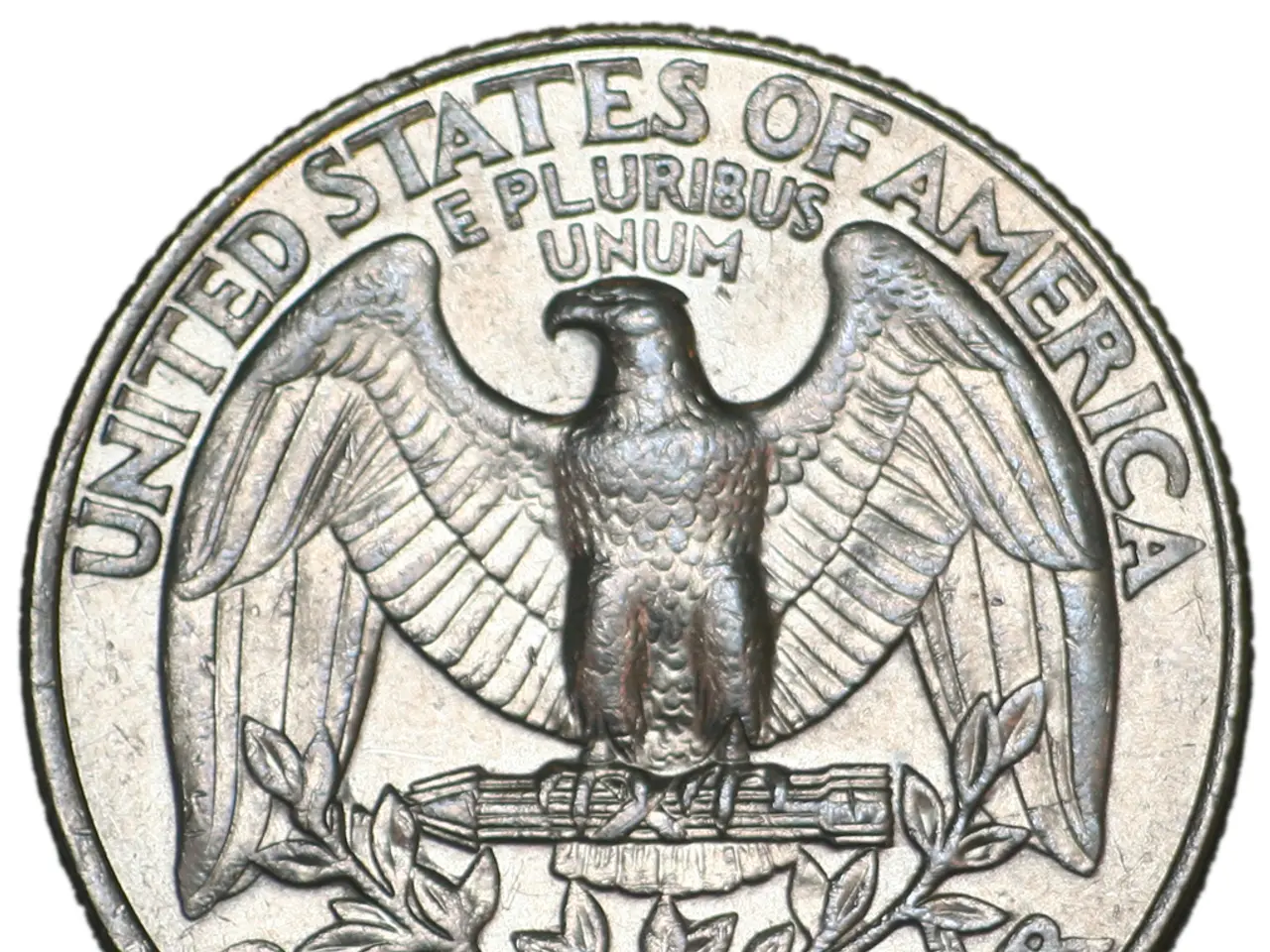Manufacturing Purchasing Managers Index (PMI) Shows Accelerated Decrease in July
In July 2025, the U.S. manufacturing sector continued to contract, albeit at a slower rate, as indicated by the Institute for Supply Management (ISM) Manufacturing PMI falling to 48%. This contraction was primarily driven by declines in new orders, production, employment, and inventories of purchases.
The New Orders Index contracted for the sixth consecutive month at 47.1%, reflecting decreased demand. Production eased, with a reading of 51.4%, marking slower output growth. Factory employment also declined, as the employment index dropped 1.6 points to 43.4%. Additionally, inventories of purchases fell, further signaling a pullback in manufacturing activity.
Supplier delivery times quickened, an indication of easing supply chain issues. However, this reduction in supply chain constraints also contributed negatively to the PMI overall, as delays had previously inflated activity measures.
The production index remained in expansion territory, but only one of the five subindexes that directly factor into the Manufacturing PMI is in expansion territory, down from two in June. This suggests a narrowing of growth within the manufacturing sector.
Respondents in the apparel, leather & allied products industry expressed concerns about tariffs and their impact on business conditions. Tariff policies create uncertainty, slowing down investment in new projects, component sourcing for new products, blanket orders, and replenishment of large inventory quantities.
In July, none of the six largest manufacturing industries expanded, compared to four in June. These industries include apparel, leather & allied products, plastics & rubber products, nonmetallic mineral products, textile mills, miscellaneous manufacturing, furniture & related products, primary metals.
Layoffs were the primary measure of staff shrinking in July, indicating that the trend continues to be urgent. For every comment on hiring, there were two on reducing head counts, reflecting companies' continuing focus on accelerating staff reductions.
In summary, the factors contributing to the manufacturing contraction include weakening demand evidenced by falling new orders, reduced factory output and employment, declining inventories, and a reversal of supply chain delays, collectively indicating softer factory business conditions in July 2025. The ongoing impact of tariffs on certain industries, such as the apparel and leather sector, also appears to be a significant concern.
- Despite supplier delivery times quickening, the apparel, leather & allied products industry continues to face challenges in the finance sector, as tariff policies create uncertainty that slows down investment and component sourcing.
- The contraction in the manufacturing sector, driven by industry sectors such as apparel, leather & allied products, is further exacerbated by the reduction in new orders, production, employment, and inventories of purchases, leading to softer factory business conditions.




